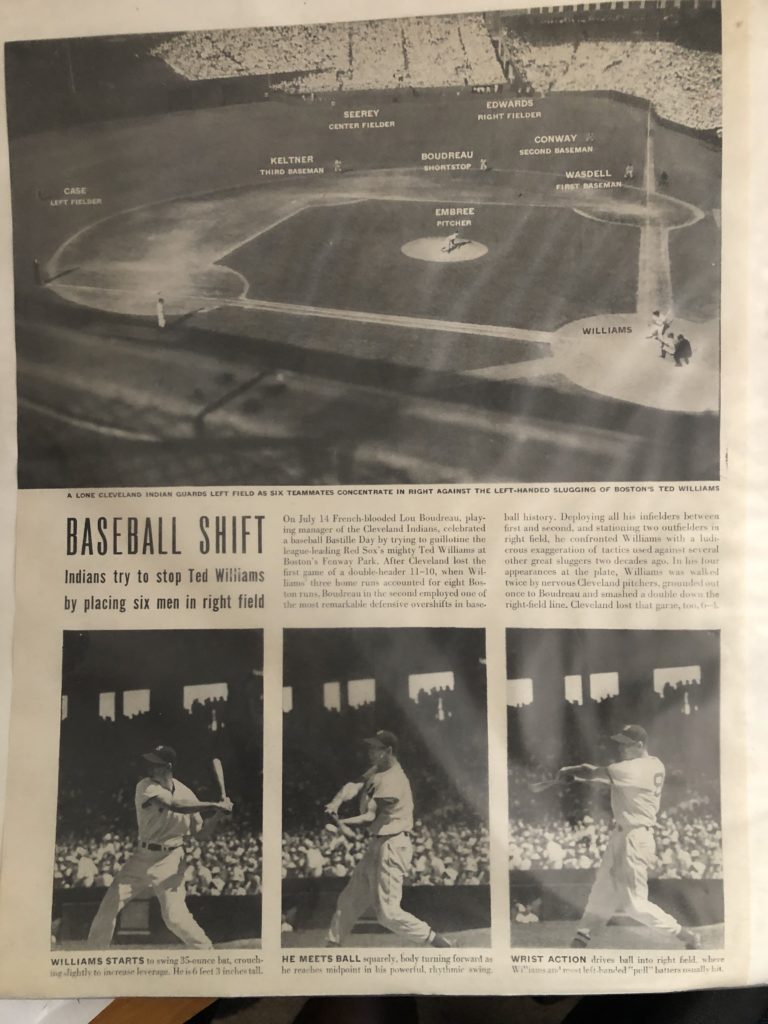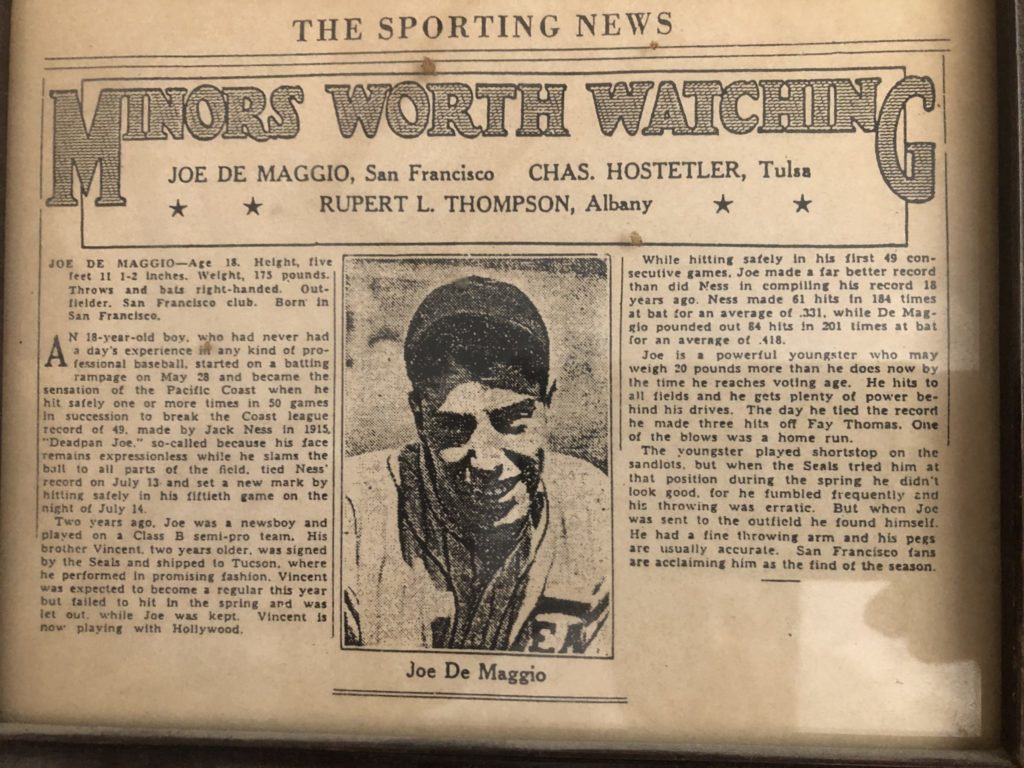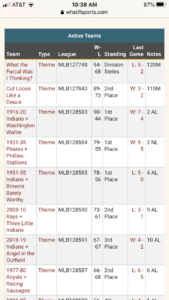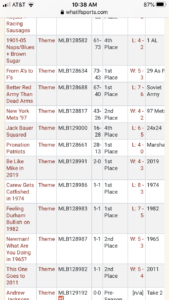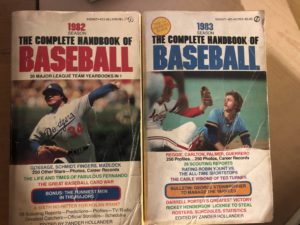There is an absolutely proven to exist thing called a forum jinx. If you post anything good about your team or a player, the coding somehow reads it and causes bad things to happen to you. There is also a Sasquatch-like reverse jinx that some claim to have seen, where you can post about underachievement and get the luck to change.
I feel like I might have reverse jinxed Jack Bauer Squared into staying off the scrap heap of the season, but it also seems that whenever I write about a little success we are doomed to have a setback.
So it was for our four-game winning streak heading into a series with first-place Steroids Make You Fast, one into which we carried dreams of a legitimate run at the leaders. And the forum jinx laughed, and spat out a three-game losing streak instead, the wrong kind of sweep.
Things were looking good in the series opener at Dodger Stadium (the park I’ve seen the vast majority of my big-league games in), as JBS took a 3-1 lead on Bobby Murcer’s three-run homer and Bert Blyleven’s 7 innings of one-run ball. Then we gave up a homer in the bottom of the 8th to cut our lead to 3-2, left the bases loaded in the top of the 9th, and then with two outs in the bottom of the 9th yielded a tying homer to Milt May.
That sent us to extra innings, and in the bottom of the 10th it was time for their third homer in late innings. Willie McCovey did the honors with a walkoff two-run shot and a 5-3 comeback win for Steroids.
The second game of the series followed a parallel script. We took a 3-0 lead in the top of the 1st and ran the advantage to 5-1 in the 6th. That held until the 8th inning, when Steroids pushed across the tying runs on a three-run homer by Tony Gwynn.
We went to extra innings again, and once again McCovey came up with a chance to end it … and did. His two-run homer in the 11th gave Steroids a 7-5 victory, both now on extra-inning walkoff shots by McCovey.
The series finale required no dramatics. Steroids busted out to a 4-0 lead in the 4th inning, opened it up to 7-0 in the 7th and sailed to a 4-2 win and a three-game sweep.
So that put us 8 games behind in the division and erased all the gains from the previous series. Next up: a three-game set in Yankee Stadium against A Rod, some Wood and a Big Unit, the only team trailing us in the National League West.













